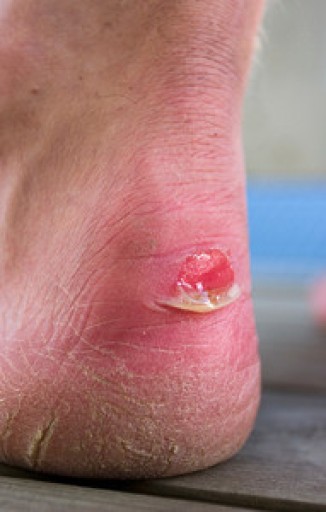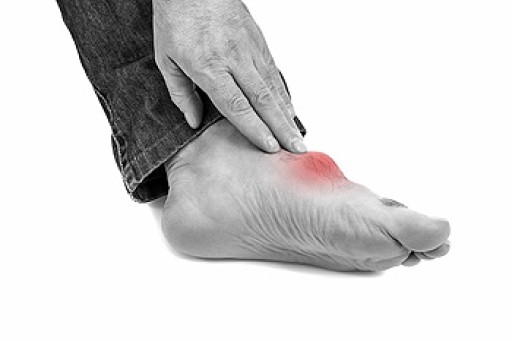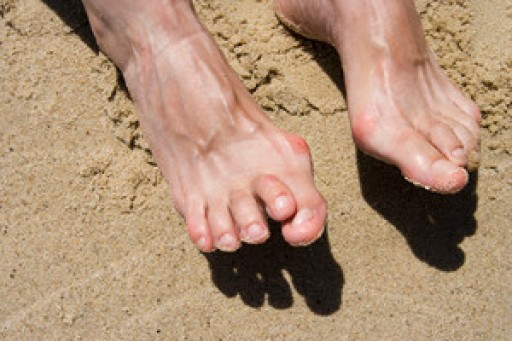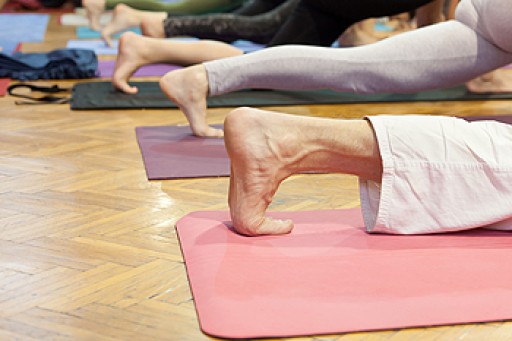 Babies’ feet are considerably more flexible than the feet of adults. This is because their foot bones have not fully developed; damage to the feet can therefore occur easily to children’s feet when compared to adult feet. Research has indicated it is not necessary for young children to wear shoes while indoors. The toes will become stronger as they grasp the floor, and this will help the feet naturally develop. When shoes are eventually worn, it is helpful to measure your child's feet every three months until they are approximately three years of age. This can ensure that there is enough room in the shoes for the toes to move freely. Research has indicated that many babies are born with flat feet, and this is generally outgrown by the age of six or seven. If you notice your child is walking with their toes pointed inward or outward, it is suggested to speak to a podiatrist who can determine if this is due to any underlying foot conditions.
Babies’ feet are considerably more flexible than the feet of adults. This is because their foot bones have not fully developed; damage to the feet can therefore occur easily to children’s feet when compared to adult feet. Research has indicated it is not necessary for young children to wear shoes while indoors. The toes will become stronger as they grasp the floor, and this will help the feet naturally develop. When shoes are eventually worn, it is helpful to measure your child's feet every three months until they are approximately three years of age. This can ensure that there is enough room in the shoes for the toes to move freely. Research has indicated that many babies are born with flat feet, and this is generally outgrown by the age of six or seven. If you notice your child is walking with their toes pointed inward or outward, it is suggested to speak to a podiatrist who can determine if this is due to any underlying foot conditions.
Making sure that your children maintain good foot health is very important as they grow. If you have any questions, contact one of our podiatrists of Canonsburg Podiatry Associates. Our doctors can provide the care you need to keep you pain-free and on your feet.
Keeping Children's Feet Healthy
Having healthy feet during childhood can help prevent medical problems later in life, namely in the back and legs. As children grow, their feet require different types of care. Here are some things to consider...
Although babies do not walk yet, it is still very important to take care of their feet.
Avoid putting tight shoes or socks on his or her feet.
Allow the baby to stretch and kick his or her feet to feel comfortable.
As a toddler, kids are now on the move and begin to develop differently. At this age, toddlers are getting a feel for walking, so don’t be alarmed if your toddler is unsteady or ‘walks funny’.
As your child gets older, it is important to teach them how to take care of their feet.
Show them proper hygiene to prevent infections such as fungus.
Be watchful for any pain or injury.
Have all injuries checked by a doctor as soon as possible.
Comfortable, protective shoes should always be worn, especially at play.
If you have any questions please feel free to contact our office located in Canonsburg and McMurray, PA . We offer the newest diagnostic and treatment technologies for all your foot and ankle needs.











